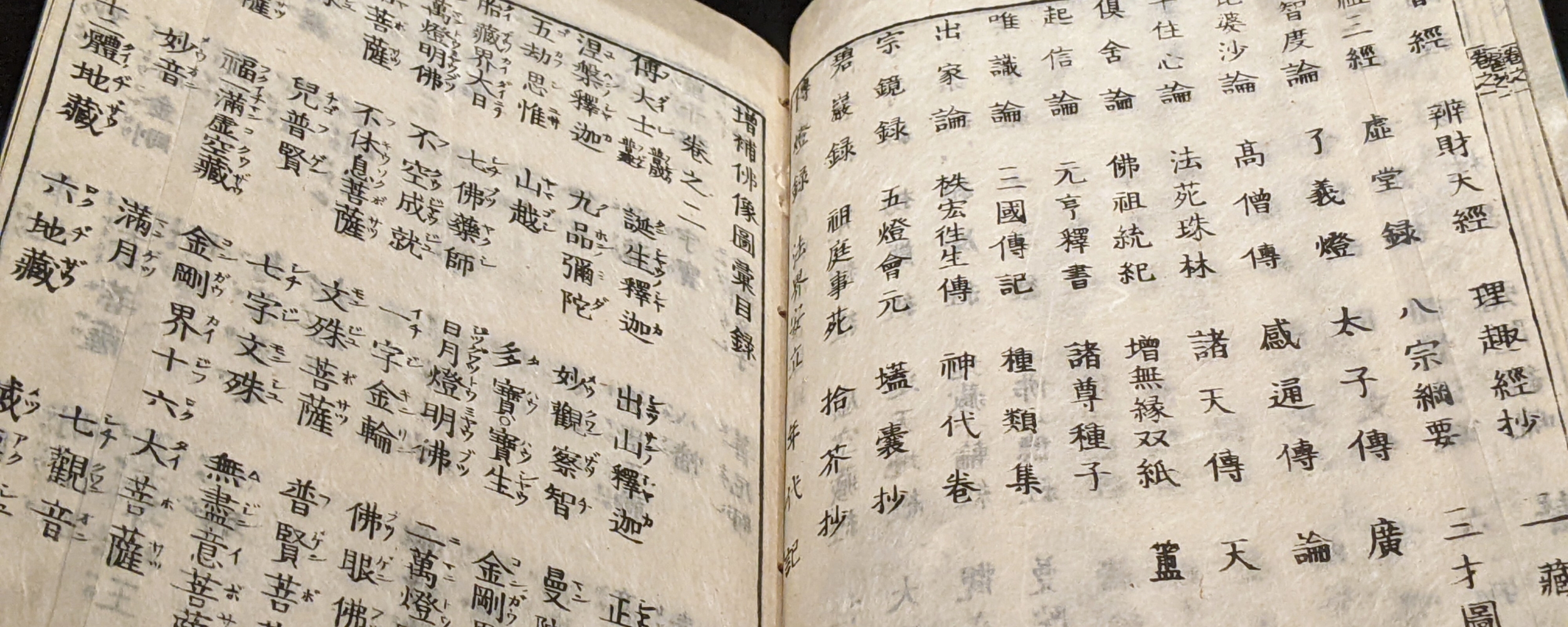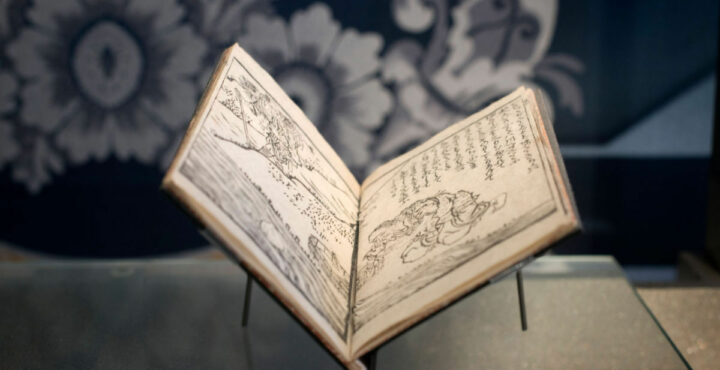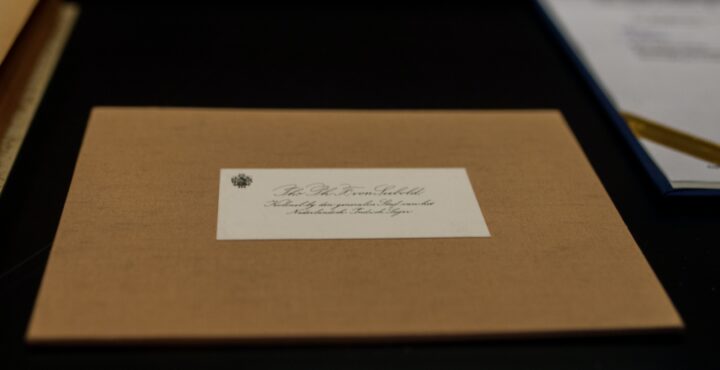- Japanese-Culture
- Language
Language

The Japanese language or nihongo belongs to the same group of languages as Finnish and Turkish. It is totally indigenous to Japan and not spoken in any other country.
The first Westerners who tried to describe and learn Japanese were Portuguese monks. One of them called Japanese the language of the devil because he had difficulty understanding it. Although many people still think that learning Japanese is extremely difficult, it is easier than it seems. Nowadays language courses and books are available in several languages.
Japanese grammar is not very complicated. The most important thing to remember is that the particles that define time and conjugation of a verb are attached to the stem of the verb. This principle is called agglutinate or "sticking to" a stem. In Japanese there are hardly any exceptions to the basic grammatical rules.
Typical elements of the Japanese language are the many levels of polite speech. Men and women use different words and suffixes that originate from traditional differences in gender-specific behaviour. The specific words used and the tone of voice they are spoken in are connected to the persons interacting. Is the person you are talking to older or younger than you? Is he or she a colleague or someone you report to? What is his or her position and what kind of education did they receive? Are you talking about yourself or someone else? All these things and many more influence the words you use. Using the proper words in any given situation is quite difficult to master.
The Japanese language is written in characters. These signs that are called kanji in Japanese are taken from the Chinese script. In their oldest form the signs are pictograms; drawings of a mountain, a tree or a house directly indicating the subject they depict. The signs became more abstract after several hundred years but in the radical, the basic part of a character, we can often recognize the old picture-style origin.
With the introduction of Buddhism which came from China to Japan in the 6th century, the Chinese script was introduced in Japan. Until then Japanese existed as a spoken language only, without any written form.
In some cases the characters where selected because they had the same meaning as a Japanese word. But the original Japanese pronunciation of the word is still used when reading that character. In other cases the signs were chosen based on their pronunciation. This meant that the sign could have a totally different meaning in Chinese.
The characters were introduced gradually. And in the years between the various introductions of new characters, sometimes centuries, the pronunciation of a sign changed. This new pronunciation was then added to the earlier readings of that character.
A Japanese word consists of one or more characters. If a word consists of two or more characters they are written one after the other without any punctuation in between. Like any other written language, Japanese has several thousand words and therefore includes hundreds of characters and thousands of fixed combinations.
Apart from the kanji, Japanese has two alphabets. One, the hiragana, is used for the subjugation of verbs and to write specific nouns. It is also used to help readers understand difficult characters in books, papers and other printed matter, by printing it in very small signs next to the characters. The other alphabet, katakana, is used for onomatopoeia and loan-words from other languages.
If you want to learn Japanese there are many ways of doing so. Most libraries have books on Japanese and there is a wide selection of language courses available in specialised bookshops. Many universities and language schools offer courses in Japanese.












